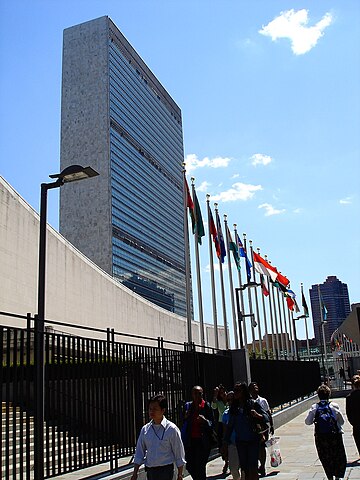Spin (public relations)
In public relations, spin is a form of propaganda, achieved through providing an interpretation of an event or campaign to persuade public opinion in favor or against a certain organization or public figure. While traditional public relations may also rely on creative presentation of the facts, “spin” often, though not always, implies disingenuous, deceptive and/or highly manipulative tactics.
Politicians are often accused by their opponents of claiming to be honest and seek the truth while using spin tactics to manipulate public opinion. Because of the frequent association between spin and press conferences (especially government press conferences), the room in which these take place is sometimes described as a spin room. A group of people who develop spin may be referred to as “spin doctors” who engage in “spin doctoring” for the person or group that hired them.

History
Edward Bernays has been called the “Father of Spin“. As Larry Tye describes in his book The Father of Spin: Edward L. Bernays and The Birth of Public Relations, some situations in 20th-century America where tobacco and alcohol companies used techniques to make certain behaviors more socially acceptable and Bernays was proud of his work as a propagandist.
Techniques
The techniques of spin include:
- Selectively presenting facts and quotes that support one’s position (cherry picking)
- Non-denial denial
- Non-apology apology
- Mistakes were made
- Phrasing in a way that assumes unproven truths
- Euphemisms to disguise or promote one’s agenda
- “Burying bad news“: announcing one popular thing at the same time as several unpopular things, hoping that the media will focus on the popular one.
For years businesses have used fake or misleading customer testimonials by editing/spinning a customers clients to reflect a much more satisfied experience than was actually the case. In 2009 the FTC updated their laws to include measures to prohibit this type of ‘spinning’ and have been enforcing these laws as of late. Additionally, over the past 5–6 years several companies have arisen that verify the authenticity of the testimonials businesses present on the marketing materials in an effort to convince one to become a customer.
Another spin technique involves a delay in the release of bad news so it can be hidden in the “shadow” of more important or favorable news or events.
See also: